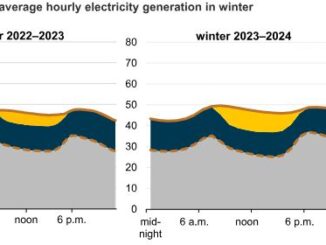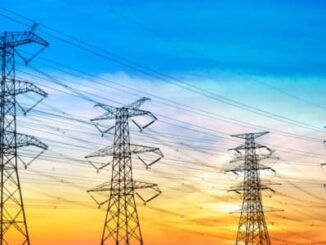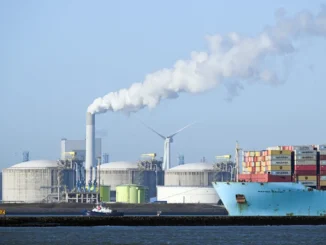
My brother and sister-in-law love Austin. They moved there in 2015 from the midwest and always said they’d never leave. Great weather 9-10 months out of the year, friendly locals, good restaurants, outdoor activities—you know the story. Then this summer happened, and everything changed. A long, sweltering heat wave accompanied by consistent warnings of power shortages has made their lives uncomfortable and stressful. Fearing this would become the new normal, they bought a lot in the great lakes region last week. A global warming escape plan, basically.
While climate change is likely here to stay, you’d expect a rich place like Texas to keep residents cool with adequate power. So far this summer, they have. However, frequent warnings of power shortages and the memory of the 2021 blackout are enough to keep Texans on the edge of their seats.
The confounding fact is that Texas has the most renewable energy resources connected to the grid of any state. And more are quickly being added: 773 megawatts of solar were added in June alone. So why does it seem like Texas is on the verge of losing power every summer?
A strained transmission system deserves much of the blame. A report by Americans for a Clean Energy Grid gave ERCOT a D+ for grid planning and development. Believe it or not, that’s about average in the country, which speaks to the abysmal state of our transmission infrastructure, but well below the grades given to regional grids in California and the midwest. The consequence of Texas’ poor transmission system is inefficiency: About 5% of renewable generation in the state is curtailed. According to a study by the Energy Systems Integration Group, that number could go up to 20-28% by 2030. Yikes.
Luckily, new transmission and battery storage systems are coming online in Texas. However, this transmission progress comes at a time when many of the state’s gas and coal plants are being retired. The two trends basically cancel each other out.
As I see it, ERCOT is left with two options. Either they accelerate the development of new power lines, or they hookup to the Southwest grid though El Paso (the only Texas county not served by ERCOT). Connecting the grids, in theory, would solve many of Texas’ supply issues all while bringing down emissions and prices. Win-win right? Not in the eyes of many Texas legislators. They fear connecting to a federally regulated grid would compromise their freedom, or something like that. But is a grid’s “freedom” really worth much if it’s consistently on the brink of failure?
As I alluded to earlier, Texas’ problems are not unique. Much of the country hovers around a D+ average for transmission development and planning. As it was noted in this 2021 Atlantic article: “Since 2009, China has built more than 18,000 miles of ultrahigh-voltage transmission lines. The U.S. has built zero.” A recent Canary Media article on the state of renewables in 2023 argued that interconnection problems pose a bigger threat to the industry than current supply chain issues:
“Clark of LevelTen said his company’s recent surveys of U.S. clean-energy developers and buyers found that most of them think lengthy grid-interconnection queues are more of a problem than supply-chain challenges.
These grid problems are also likely to take longer to fix than supply-chain problems. While state regulators, regional grid operators and federal regulators are taking steps to expand the grid’s capacity for clean energy, it can take up to a decade for major transmission extensions to move from the planning stage to completion. The Inflation Reduction Act provides relatively little policy support for transmission compared to its incentives for clean energy.”
However, what makes Texas’ transmission problems particularly pressing is the state’s hot summer climate and the fact that the state is home to three major cities. When Dallas, Houston and Austin have energy problems, the whole country loses lots of money. If Texas’ legislators hope to continue boasting about their state’s economy, eventually they’ll have to approach transmission development the same way they do tax cuts: with religious-like zeal.



